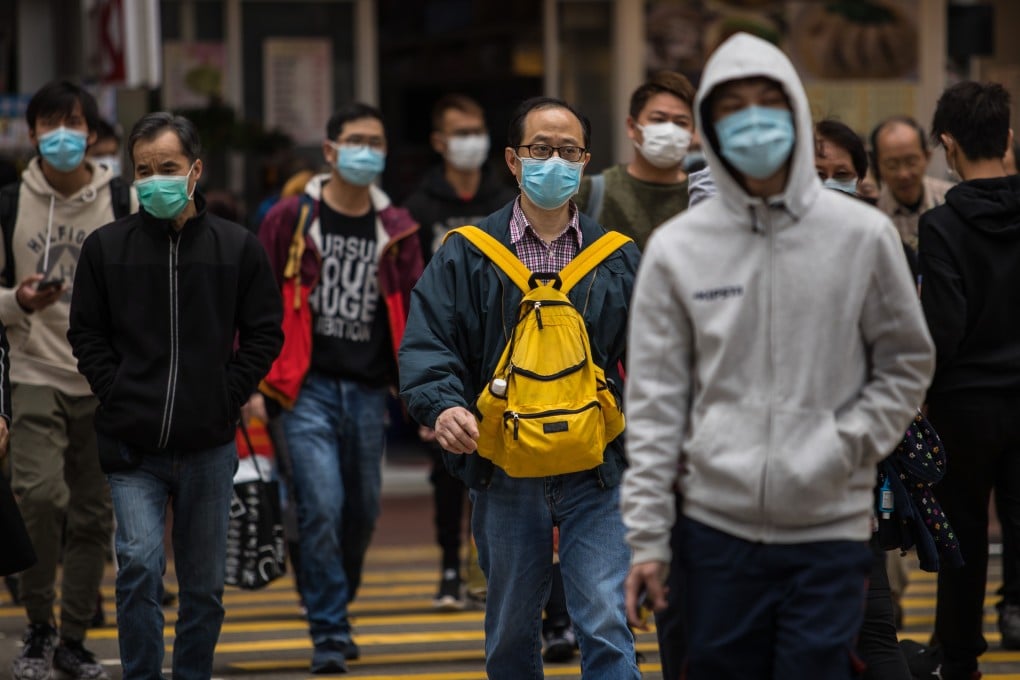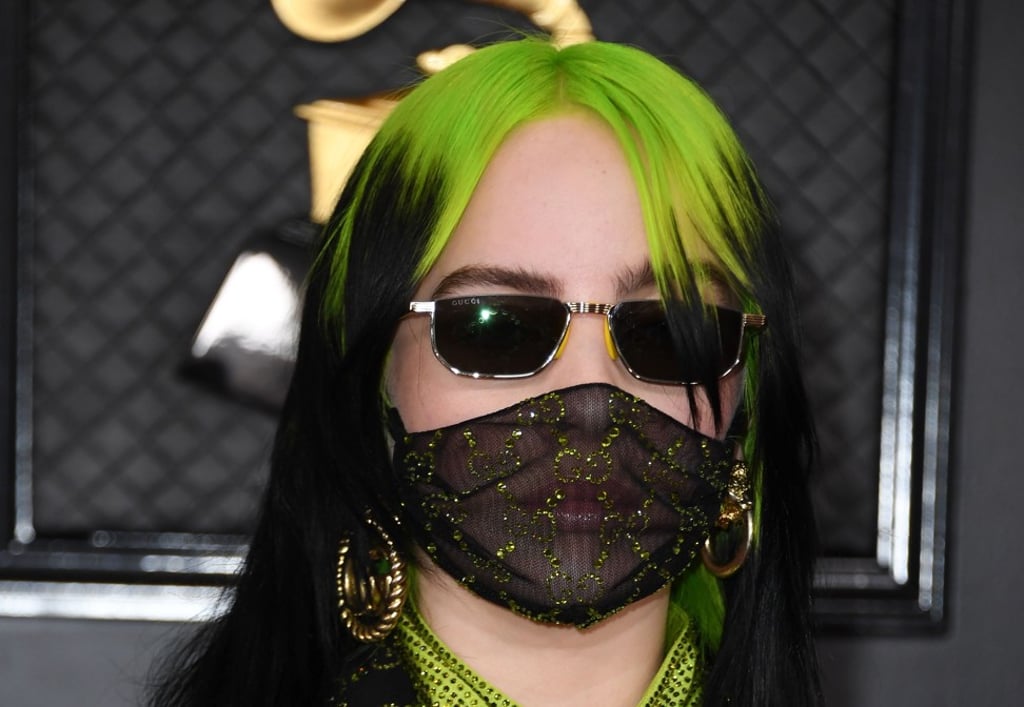How face masks became a fashion statement – in stylish circles, form follows function
From operating theatre to fashion runway, designers put their own, often absurd twist on the face mask, Hong Kong’s new everyday accessory

For most of us, a face mask is not a fashion statement. Most recently, it is being used as a shield against the coronavirus, before that as an attempt to hide the identity of protesters, or a defence against air pollution.
We don’t have the luxury of considering how the white or blue material coordinates with an outfit, although it may have crossed your mind.
A simple online search for the now-scarce surgical face masks opens up a rabbit hole of designer face masks and celebrity fashion statements. As only the fashion industry can do, it has infused medical supplies with absurdity and, arguably, beauty, creating a niche accessory category.

In 2014, Chinese designers such as Masha Maand Yin Peng sent models down the runways wearing haute face masks. That same year, Yoox collaborated with Chinese designers Qiu Hao, Xander Zhou and Sankuanz on a series of luxury face masks. I wish I could report a decline in the anti-sun facekinis that gained notoriety a few years ago, but a sighting was made in Hong Kong just the other day. Sorry, the only way those might work against the coronavirus is by scaring people away.
Ariana Grande sold face masks in tandem with new album releases in both 2014 and 2019. South Korean boy band BTS famously wore and continue to sell branded face masks. We’ve also seen masks as signature looks on rappers such as Future, 2 Chainz, Travis Scott, Ayo & Teo and Young Thug. Bloggers have been bedazzling their surgical masks for fashion week, too.
